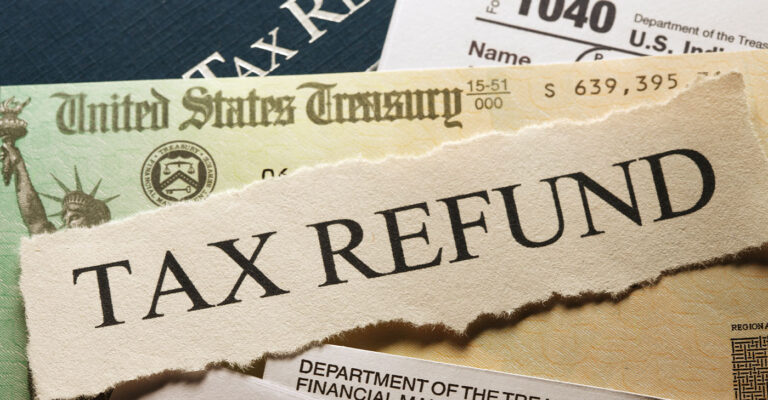By Stacy M. Brown
Black Press USA Senior National Correspondent
Federal tax refunds are positioned for a sharp rise next year, with new projections showing that the average payment could increase by about $1,000 for millions of Americans.
Analysts expect the typical refund to reach roughly $4,151 for the 2026 filing season, a major jump from the $3,151 average refund taxpayers received during the 2025 season. CBS News reported that IRS filing data has revealed that the average direct deposit refund for 2025 stands at $3,151, up from $3,092 the prior year.
“When people go to file, they’ll be surprised by really, really large refunds,” Don Schneider, deputy head of U.S. policy at Piper Sandler and one of the report’s authors, said in a recent podcast about the analysis. “In a typical year, we might have about $270 billion in tax refunds, and it’ll be that plus another $90 billion.”
Analysts expected a spike to come after the Trump administration’s sweeping tax and spending law was signed in July. The law eliminates federal taxes on some overtime and tipped income and lifts the state and local tax deduction cap from $10,000 to $40,000. All changes were made retroactive to 2025, setting up larger refunds when taxpayers file in early 2026.
Because most Americans receive their refunds within about 21 days of filing, the size of those payments often carries significant weight in household budgets. Next year could bring one of the biggest refund seasons on record.
The benefits will not be evenly shared. Piper Sandler’s analysis shows middle and upper-middle income households, those earning between $60,000 and $400,000, stand to gain the most. That finding matches a Tax Policy Center review that estimated that people earning more than $217,000 receive six of every ten dollars in new tax breaks created by the July law.
High earners will see some limits. The expanded $40,000 SALT deduction begins to phase out for households earning more than $500,000. Lower-income filers are also unlikely to benefit because the higher SALT cap only helps people whose state and local tax bills exceed the standard deduction. Filers must itemize to claim it, which tax experts note is less common among lower-income households.
Schneider said the impact falls primarily on households in the middle of the income distribution rather than those at the lowest or highest ends.
“This isn’t going to the very bottom of the distribution. It isn’t going to the very top of the distribution either,” Scheider said.







